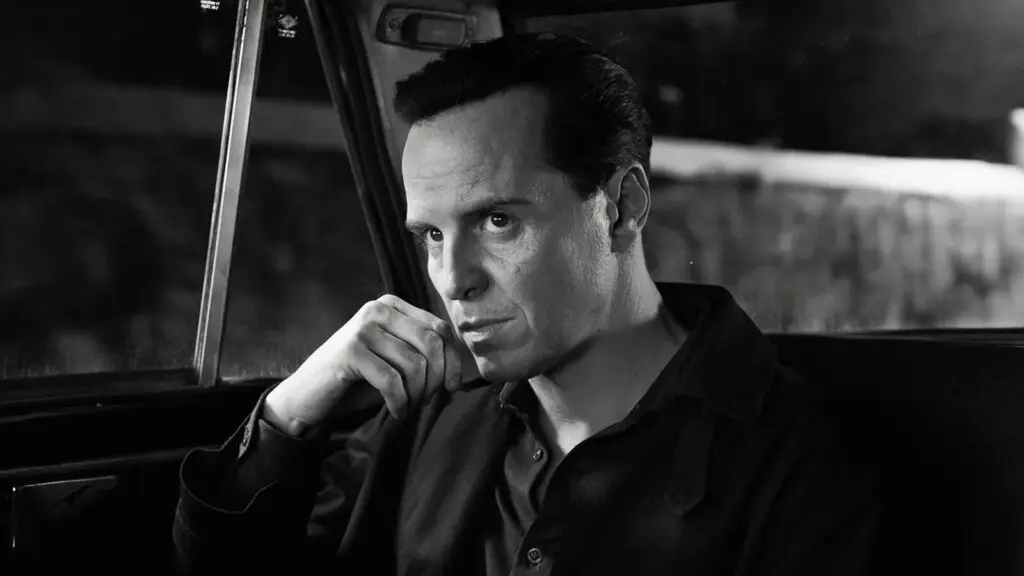Summary
Scott’s version of Ripley is eerily ominous. And every time he appears on screen, he inspires a sense of dread in the viewer.
Steven Zaillian’s adaptation of the bestselling novel by Patricia Highsmith, The Talented Mr. Ripley, was initially meant to make its debut on Showtime, before being picked up by Netflix. Starring Andrew Scott as the titular swindler, Ripley presents as a black-and-white film noir with few details suggesting it was made decades after the genre’s golden age. The eight-episode series closely follows the events in the novel and showcases a much darker version of the story than the one portrayed in the Matt Damon Oscar-nominated 1999 movie.
Ripley starts by introducing the amoral Tom Ripley, a New York-based con artist barely surviving on a series of mildly successful scams. When approached by shipping magnate Mr. H. Greenleaf, who offers him money to travel to Italy’s Amalfi Coast and talk his vagabond son, Dickie, into returning home, Ripley jumps at the opportunity.
When he gets to the quaint coastal town of Atrani, Tom is instantly enamored with the area and Dickie’s lavish lifestyle. He earns Dickie’s trust and gets himself invited to stay in his opulent villa. As he grows closer to his new friend, Ripley finds himself jealous of Dickie’s girlfriend, Marge Sherwood, and becomes hostile towards friends like the British trust fund kid, Freddie Miles.
Soon enough, Tom’s obsession turns dangerous, and becomes entangled in a web of lies, deception, and, of course, murder.
Ripley is presented in black and white. While it takes a while to get used to the stylistic choice, the limited series is reminiscent of old crime flicks from the Golden Age. On the other hand, setting a series in a country as picturesque as Italy and only offering a greyscale version seems like a bit of a waste.
While the first couple of episodes are a bit dull and play out almost like a melodrama, it’s worth sticking with, as the series has its legs as the narrative moves forward. Episode 3 is a stand-out piece of television where we watch Tom Ripley dealing with the immediate consequences of murder in painful detail.
Unlike the preppy Matt Damon-led rendition of Patricia Highsmith’s book, Ripley offers a darker and more unsettling experience. That is likely due to Andrew Scott’s approach to the infamous character.
While outwardly calm and collected, Tom Ripley always gives off the impression that he’s about to do something terrible. Even when he smiles or appears friendly to other characters, you can cut through the obvious tension and insincerity with a knife.
Dakota Fanning stands out in her portrayal of Marge Sherwood. When Tom first thrusts himself into Dickie’s life, she immediately senses there’s something off about him. As the series progresses, Marge almost becomes the viewer’s moral compass as we see the real pain Ripley’s actions cause her, making it harder to root for the antihero’s success.
Tom Ripley is a fascinating character created by a crime novelist back in 1955. Little did she know that in 2024, after several on-screen adaptations, her creation will be perfectly embodied by Andrew Scott. While not perfect and slow at times, the Netflix series is worth watching for Scott’s performance alone.
More on Netflix’s Ripley:



